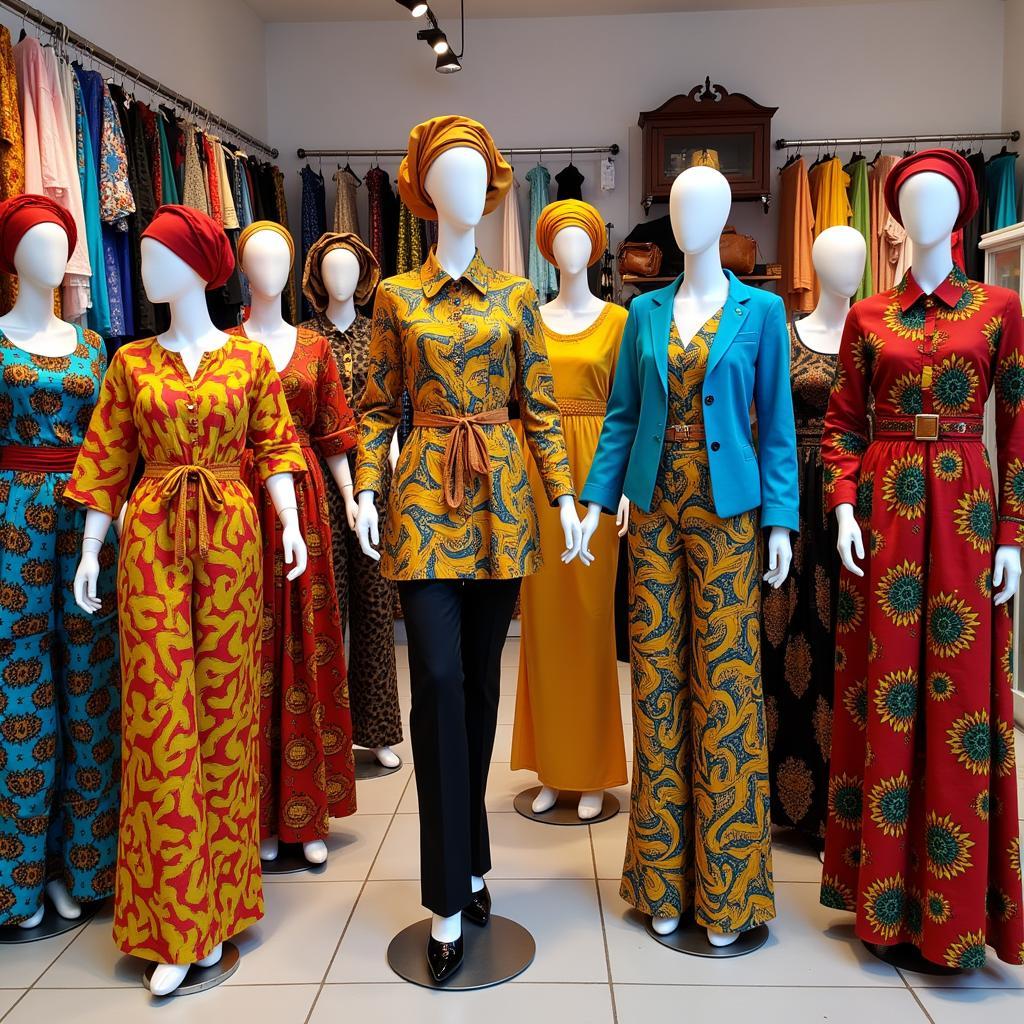The Enduring Appeal of the African Chief Tribe Cartoon
The image of the African Chief Tribe Cartoon is instantly recognizable, though often laden with stereotypes. It conjures up a figure adorned with feathers, carrying a spear, and usually depicted with exaggerated features. While this caricature might seem harmless at first glance, it speaks to a larger issue of how Africa and its people have been portrayed in media, often perpetuating harmful misconceptions. This article delves into the evolution of the African chief tribe cartoon, exploring its origins, its impact, and its relevance in today’s world.
From Colonial Propaganda to Pop Culture Icons: Tracing the History of the African Chief Tribe Cartoon
The roots of the African chief tribe cartoon can be traced back to the colonial era. During this period, European powers used imagery to establish dominance and justify their actions. The caricature of the African chief, often depicted as savage and uncivilized, served as a tool to reinforce the notion that Africa needed European intervention for progress. These images appeared in various forms of media, from postcards and posters to advertisements and children’s books, cementing a specific narrative about Africa in the global consciousness.
The post-colonial era saw the African chief tribe cartoon migrate to a new domain: pop culture. Animated films and television shows often utilized this caricature for comedic effect, rarely acknowledging the complex realities of diverse African cultures. While sometimes presented with less malicious intent than their colonial predecessors, these portrayals continued to perpetuate simplistic and often inaccurate representations of African leadership and traditions.
Beyond the Caricature: Understanding the Diversity of Leadership in Africa
It is crucial to understand that the African chief tribe cartoon is a gross oversimplification of the complex and diverse systems of governance that exist across the continent. Historically, Africa has been home to a multitude of leadership structures, from kingdoms and empires with sophisticated administrative systems to decentralized communities governed by councils of elders.
- Kings and Queens: Powerful monarchs ruled vast empires like the Ashanti Empire, the Zulu Kingdom, and the Ethiopian Empire, leaving behind legacies of art, architecture, and complex political structures.
- Chiefdoms: In various parts of Africa, communities were led by chiefs, whose authority rested on lineage, spiritual guidance, or a combination of factors. The role of a chief varied significantly across regions, with some wielding considerable power and others acting as mediators within their communities.
- Council Governance: Many African societies practiced forms of governance where councils made decisions collectively, emphasizing consensus and dialogue over autocratic rule.
The Role of Responsible Representation: Moving Beyond Stereotypes
The pervasiveness of the African chief tribe cartoon underscores the importance of responsible representation. As consumers of media, we have a responsibility to critically engage with the images we consume and challenge those that perpetuate harmful stereotypes.
Several contemporary artists and creators are pushing back against these outdated representations, showcasing the richness and diversity of African cultures in their work. From Afrofuturism in literature and film to the rise of African comic book superheroes, a new wave of narratives is challenging the old tropes and offering more nuanced and authentic portrayals of Africa and its people.
The journey towards dismantling harmful stereotypes requires a collective effort. By supporting diverse creators, engaging in critical dialogue, and advocating for responsible representation, we can help create a world where the African chief tribe cartoon becomes a relic of the past, replaced by images that truly reflect the dynamism and complexity of the African continent.




